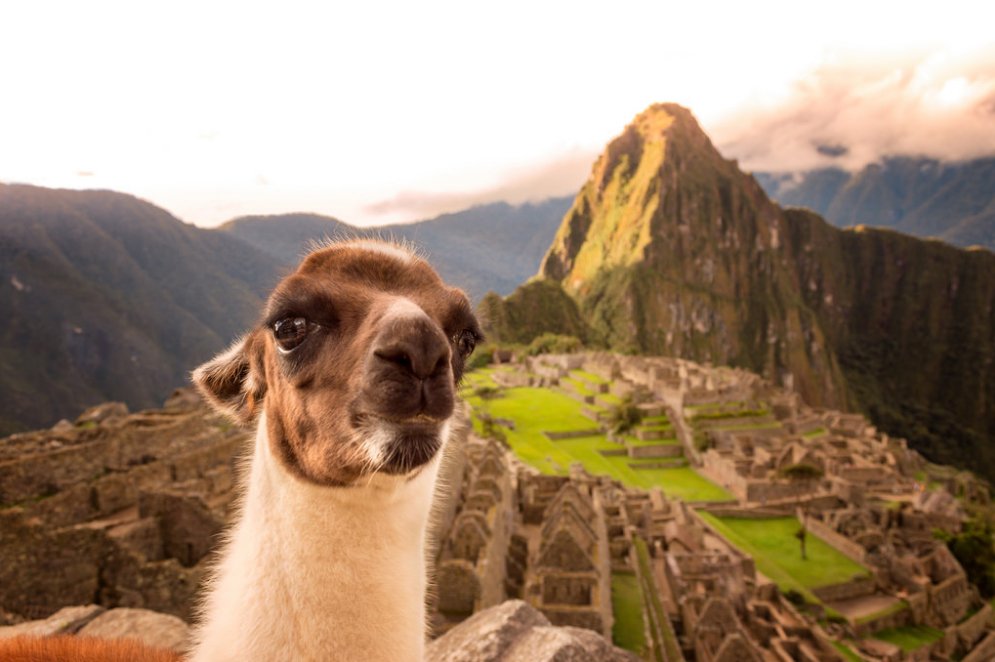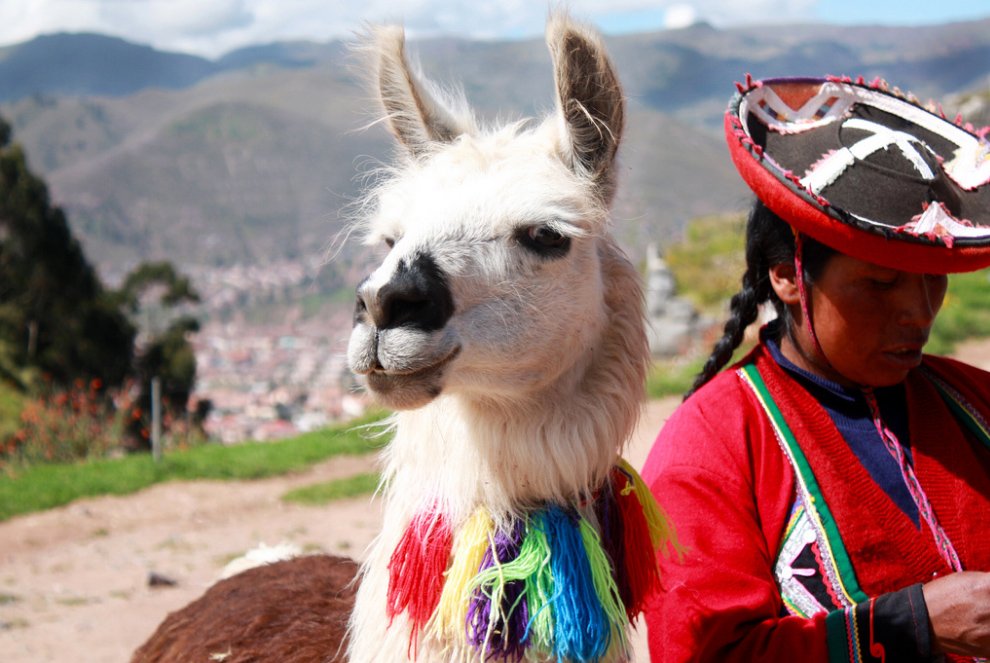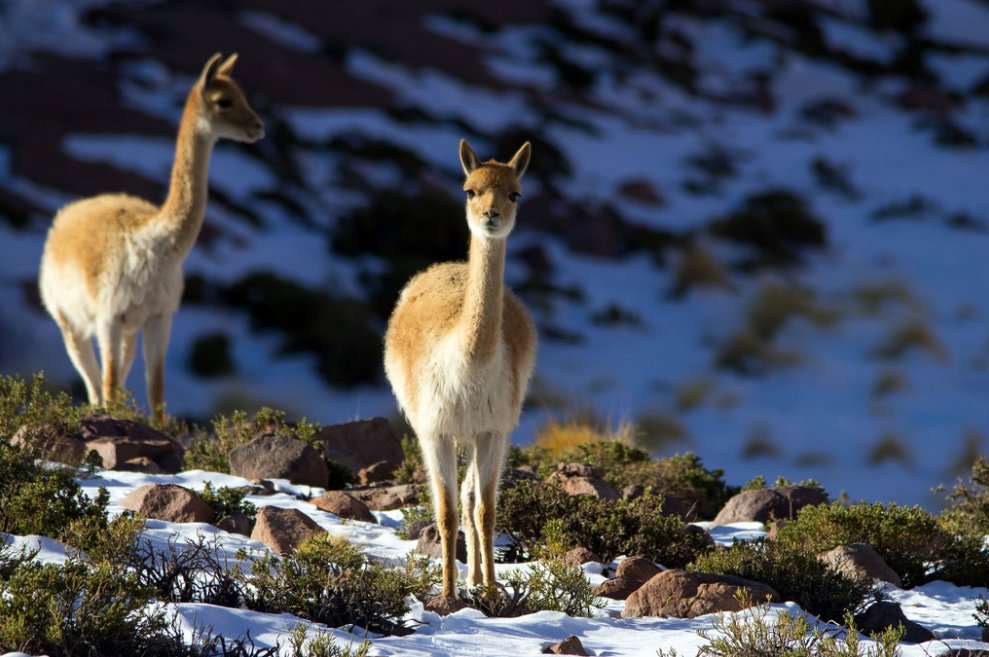
Llamas, alpacas, vicuñas and guanacos. The importance of Andean animals for Peru
Machu Picchu is one of the main postcards of the world, but when we talk about the Andean regions, it is practically impossible not to see a llama.
Andean animals have total influence on the customs, fashion, economy and daily life of the Peruvian people.
But what is the difference between llamas, alpacas and vicuñas?
We are going to talk about it in this post and show why we love llamas, unbeknownst to them!
The importance of the llamas during the life of the Peruvian people
The llamas are Andean animals, the camelid family, central to the peoples of the Andean regions.
They were domesticated by the Inca, to be used for transporting cargo extracting wool and leather.
Over the years and with the permanence of the Inca tradition in many aspects, the domestication of this animal still exists and contributes a lot to the Peruvian people.
Used in transportation and in the extraction of wool, for the production of clothing and blankets, sold in local businesses, the llama plays a fundamental role in this economic turnaround in the region.
What is the difference between the llama, alpaca, vicuña and the guanaco?
Even though they are all from the same family as the camel, there are some differences between them.
Alpaca: larger than the vicuña and the guanaco, the alpaca has long, soft hair.
Easily domesticable and this frequently occurs in regions where different types of wool are marketed.
Vicunha:
Except for the llama, the vicuña had a very fine coat of high value.
Wool is considered the best quality that exists, so it was on the verge of extinction.
Because it is wilder than the llama, it is difficult to tame.
Because it is wilder than the llama, it is difficult to tame.
Guanaco: It has shorter hair than that of llamas and vicuñas and lives 4,000 meters.
They can stay up to 4 days without drinking water and it is also considered wild, difficult to tame.
Call: Known for his calm style, often walking slowly.
It feeds on grass and weeds and can measure from 1.40 to 2.40 meters long.
Some breeds of llamas are created for aesthetic and company purposes.
In general, they are the most popular and we can easily see images of llamas with earrings, clothes and accessories.
According to recent research, WGSN (Trends Researcher), llamas can replace unicorns fashion.
Why do we love llamas?
Does the image of a llama with colors or chewing on a weed accessory seem friendly to you?
In fact, docile and calm beings generate our affection and most of the time our sympathy.
Common feeling with children, pets in general or beings that we think are friendly.
With the flames this sense of identification occurs. That is why we can notice so many tourists photographing with llamas and their colorful accessories.
Adults, children, natives and tourists surrender to the sympathy of the llamas.
Inspiring source:Um pouquinho of each place and Metropoles
Images: Flickr
Recent Posts
Cusco, Peru: a world of history, architecture and gastronomy
Warachicuy – The Inca Warrior Ritual
Inti Raymi – The Festival of the Sun
Tags

Thailand













